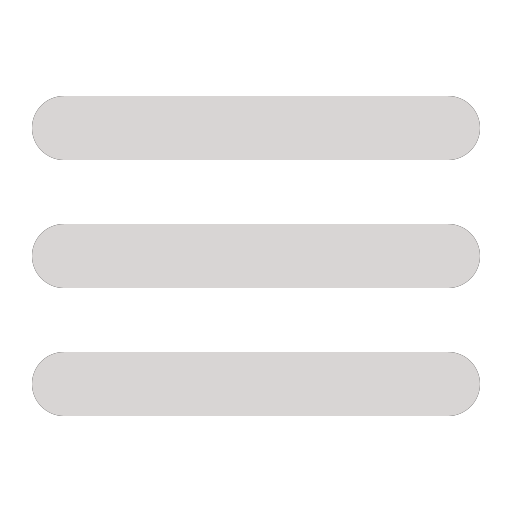
back to project
(WP)


MENU || PLAYLIST

PROJECTS PLAYLIST

back to project
CERAMIC WATER FILTRATION
Ceramic water filters are an inexpensive and effective type of water filter, that rely on the small pore size of ceramic material to filter dirt, debris, and bacteria out of water.
COMPONENTS
- Filter elements or pots.
- Water receptacle (or buckets) with lid.
- A spigot (outlet)
PROCEDURE
First, the rice husks are ground and made ready for mixing. Second, the husks are mixed with dry clay and water until a homogenous clay sludge is ready.
This clay mixture is then shaped into blocks and taken to the press area where hydraulic presses are used to produce the basic pot shape. The pots need to be air-dried for 8 -12 days depending on the ambient temperature and humidity.
The next step in the process is kiln. The pots are manually loaded and the wood-fuelled kilns are brought to a maximum temperature of 830 °C. During firing, the rice husk particles are completely burnt off, thus creating miniscule pores in the body of the pots. Digital pyrometers and pyrometric cones are used to ensure the correct temperatures and to make any necessary adjustments to the firing process. This key stage in the manufacturing process determines the efficacy of the filter elements. The increased porosity of the clay resulting from the burnt off material determines the water flow rate and the effectiveness of bacteria removal.
METHOD OF ACTION
As with most filtration methods, water is carefully introduced to one side of the filter, which acts to block the passage of anything larger than the pore size. Typically bacteria, protozoa, and microbial cysts are removed but the filters are not effective against viruses since they are small enough to pass through to the other "clean" side of the filter. Ceramic water filters is treated with silver in a form that will not leach away. The silver helps to kill or incapacitate bacteria and prevent the growth of mold and algae in the body of the filter.
The filter(s) can be cleaned by brushing them with a soft brush and rinsing them with clean water. Hot water and soap can also be used.